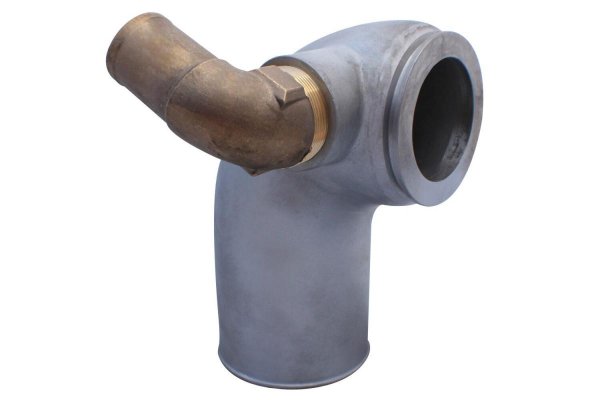sd1209
Veteran Member
- Joined
- Oct 3, 2021
- Messages
- 30
- Vessel Name
- Elizabeth Ann
- Vessel Make
- Navigator/Californian 3900
Volvo TAMD63's......replacing both 5" exhaust elbows/mixers where the outgoing saltwater mixes with the exhaust .There is a smaller elbow for the saltwater that screws into the top of the elbow......Question: what is recommended to apply to the threads on the smaller elbow where it screws into the larger mixer/elbow??

